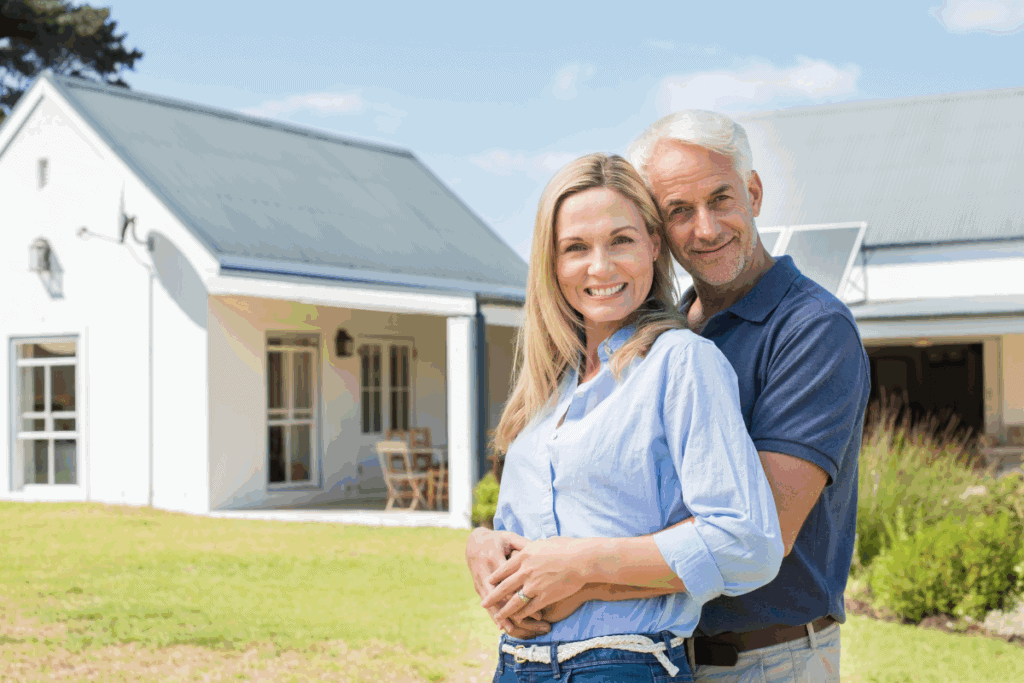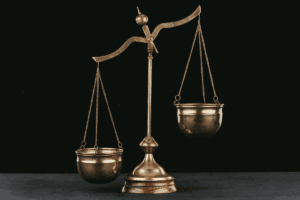For many people, a home is more than just a place to live; it’s a cornerstone of their financial life. Whether you’re buying your first house, selling one to downsize in retirement, or exploring ways to tap into your home equity later in life, real estate decisions can have far-reaching effects on your overall financial plan.
When it comes to buying or selling a home, timing, tax strategy, and the broader market all play a role. As with most financial decisions, the right answer depends on your unique situation, but some key considerations can help guide the way.
The Buy or Invest Decision: Cash, Mortgage, or a Balance of Both
One of the first questions people ask when purchasing a home is whether to pay cash, take out a mortgage, or do a little of both. There isn’t a one-size-fits-all answer. It often comes down to balancing mortgage rates, investment returns, and taxes.
When evaluating whether to pay cash or take out a loan, the spread between investment returns and mortgage interest rates should be considered. If you’re earning more in your portfolio than you’d pay in interest, keeping money invested can make sense. But if mortgage rates are high—say in the mid-sixes or sevens—it may be better to pay cash and avoid the interest expense.
Taxes also play a role. Selling investments to free up cash for a home can trigger capital gains taxes, and taking a large withdrawal in one year may even bump you into a higher tax bracket. Sometimes the most efficient solution involves splitting withdrawals across multiple years or financing part of the purchase.
Ultimately, the decision isn’t just financial, it’s personal. The goal is to find the balance between minimizing interest costs and maintaining flexibility in your overall plan.
Selling an Existing Home: What to Expect
Selling a home is often one of the most significant financial transactions most people make, particularly for retirees who may have lived in their homes for decades. The good news: if the property has been your primary residence for at least two of the past five years, you may exclude up to $250,000 of gain from taxes if you’re single or $500,000 if married filing jointly.1
For most people, this exemption significantly reduces or eliminates capital gains on the sale. Still, it’s important to keep good records of home improvements. Additions, remodels, or renovations can all increase your “cost basis,” which reduces taxable gain.
Once the home is sold, what you do with the proceeds is up to you. Unlike years past, there’s no longer a rule that lets you defer taxes by rolling the money into another home. Instead, you can use the funds to buy another property, invest for retirement, or add to your current investment portfolio.
Bridge Financing: Using an Investment Portfolio to Buy Before You Sell
In today’s competitive housing market, sellers often prefer cash offers because they close quickly and aren’t dependent on another home selling first. But for many buyers, their home equity is tied up in their existing property, leaving them short on cash until it sells.
That’s where a pledged asset line can be a valuable bridge. This type of loan allows you to borrow temporarily against the value of your investment portfolio, using those assets as collateral. It is essentially a short-term bridge loan. You use it to pay cash for a new home, then repay it once your current home sells.
Pledged asset lines are often arranged through custodians like Charles Schwab2 or Fidelity. They’re relatively easy to set up, require minimal underwriting, and typically carry interest rates just slightly higher than mortgage rates. The advantage is twofold: you avoid realizing large capital gains from selling investments and gain the flexibility to make a strong, cash-equivalent offer.
For retirees transitioning into a continuing care retirement community, this same strategy can be used to cover large entrance fees while waiting for a home to sell.
Reverse Mortgages: A Special-Case Solution
Reverse mortgages are sometimes marketed as a way for retirees to access their home equity, but they’re not a fit for many situations. In a traditional mortgage, the loan balance decreases over time as you make payments. With a reverse mortgage, the opposite happens: the loan grows as interest accrues. You must have substantial home equity to qualify, and over time, the increasing balance can erode much of that equity.
Reverse mortgages can be helpful as a last resort, such as when someone needs to fund care expenses and has no other liquid assets. But they’re rarely the first choice. The loan is typically repaid when the homeowner moves out or passes away, often through the sale of the property.
Homeownership Across Life Stages
Younger buyers face a different set of challenges. Rising home prices and higher mortgage rates make saving for a down payment harder than ever. A 20% down payment helps avoid mortgage insurance, but it’s out of reach for many first-time buyers. Fortunately, many states offer first-time homebuyer programs with favorable loan terms or down-payment assistance.
For those in midlife or retirement, home considerations shift. Some people explore second homes or investment properties—moves that can enhance lifestyle but also increase financial complexity. However, It is easy to underestimate the ongoing costs of owning multiple homes, such as maintenance, insurance, utilities, and travel.
Regardless of age, one universal truth remains: owning a home is both an emotional and financial decision. The key is to view it through the broader lens of your overall plan—balancing lifestyle goals with financial sustainability.
Final Thoughts
Your home isn’t just a line on your balance sheet—it’s part of your story. The right housing decision depends on your stage of life, cash flow needs, and investment strategy. At Curio Wealth, we help clients see how each piece of their financial picture fits together, whether that means structuring a purchase, managing the tax impact of a sale, or finding creative ways to bridge from one home to the next. Contact us to align your financial life with the way you want to live.







